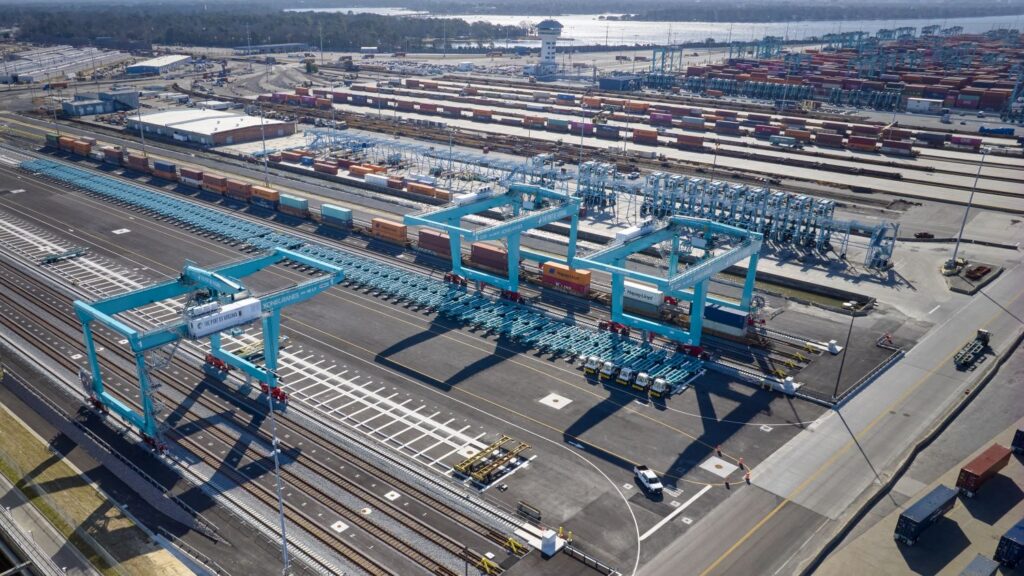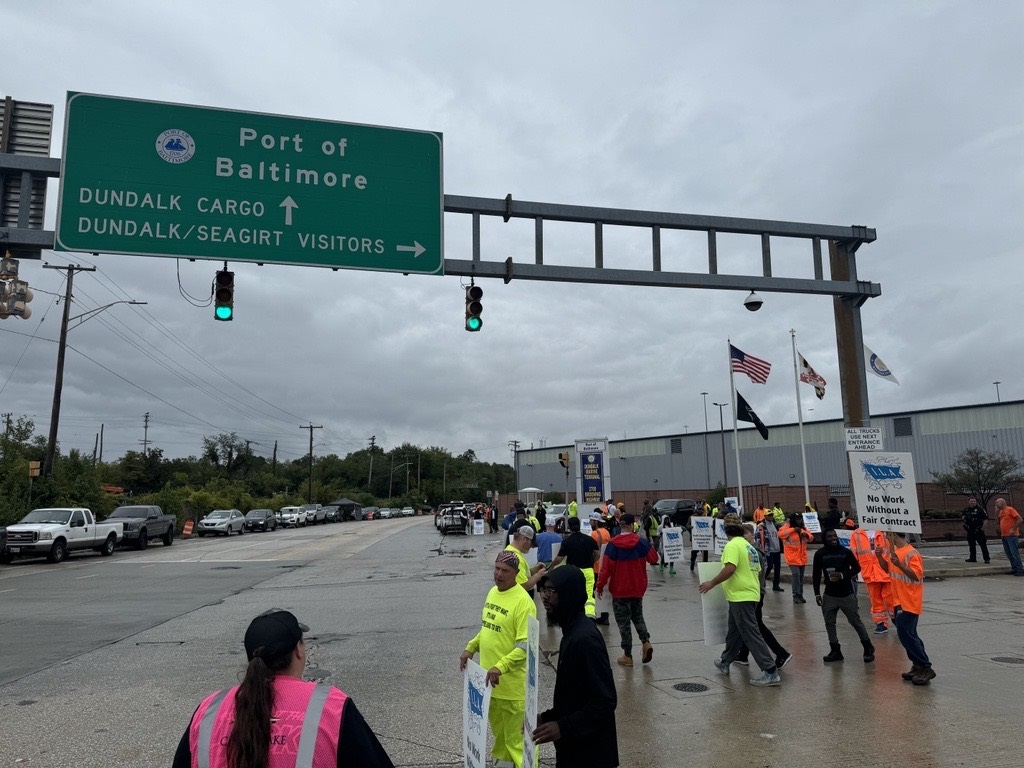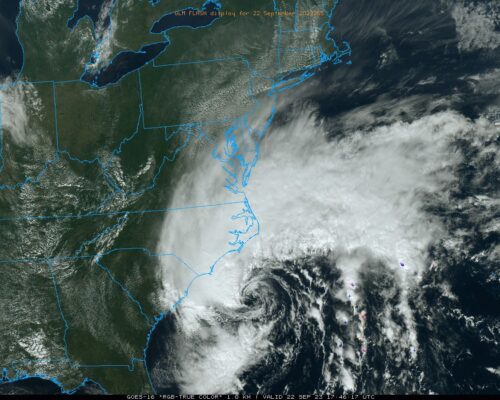Put down the giant cases of toilet paper and bottled water—the coastwide longshoremen strike that could have threatened our supply chain has ended.
The International Longshoremen’s Association (ILA) and the United States Maritime Alliance, Ltd. (USMX) have reached a “tentative agreement on wages” and have extended their Master Contract until Jan. 15, 2025. At that point they will “return to the bargaining table to negotiate all other outstanding issues,” according to a joint statement from the two sides released on Thursday night.
“Effective immediately, all current job actions will cease and all work covered by the Master Contract will resume,” the statement reads.
National news networks reported the wages agreement includes a $4-per-hour raise per year over six years of the contract. With an additional pay hike each year, the longshoremen’s wages would increase by 62 percent over the six years.
After walking off the job at midnight Tuesday, Oct. 1, port workers returned to their jobs Friday, Oct. 4, allowing operations to resume at 36 ports that were forced to halt operations on the East and Gulf coasts, from Maine to Texas.
The Port of Virginia, which generates 11 percent of all jobs in the state of Virginia, began the process of resuming operations Friday morning, but warned it would take up to 24 hours to fully come back online since gates are backed up.

In a statement, the Port of Virginia says, “The process of restarting our cargo operations has many components. Our experienced team is working to bring the terminals back online in a safe and orderly manner.”
The Port of Baltimore is back up and running after days of gridlock at its terminals. For the port workers who had weathered the Key Bridge collapse and its aftermath, the dispute between ILA and USMX was especially personal.
After the M/V Dali and the bridge wreckage blocked the only shipping route to Baltimore, 80 percent of ILA workers found themselves unemployed and the remaining 20 percent took wage losses. That’s according to Scott Cowan, president of 1,950 Port of Baltimore workers at ILA Local 333. While the union, Maryland’s governor, and local leaders quickly organized financial assistance for the workers, Cowan said shipping companies used the tragedy for personal gain.
“Container carriers have used the bridge collapse in conjunction with other world issues to drive ocean freight sky high (COVID 19 levels),” Cowan said back in July, but he said the longshoremen weren’t seeing any benefit from the revenue growth as the negotiation deadline with USMX grew closer.
On Friday, the Port of Baltimore congratulated the two sides for coming together. “When strikes occur, even for a short time, the impacts are significant,” the Port’s statement reads. “The port industry is one of our nation’s leading job generators and is critically important to our national supply chain. We’re delighted to have the Port of Baltimore working again.”
The port is back online Friday. Its public terminals employ ILA workers and were affected by the strike, but the many private terminals do not use union labor and they continued to work. Port spokesman Richard Scher says there are ships scheduled to be worked at Baltimore’s public terminals all weekend.
President Joe Biden called the deal “critical progress towards a strong contract.” President Biden said, “Collective bargaining works, and it is critical to building a stronger economy from the middle out and the bottom up.”
Now that the two sides have come to an agreement on wages, contract language involving automation and semi-automation at the ports will need to be worked out in January.




